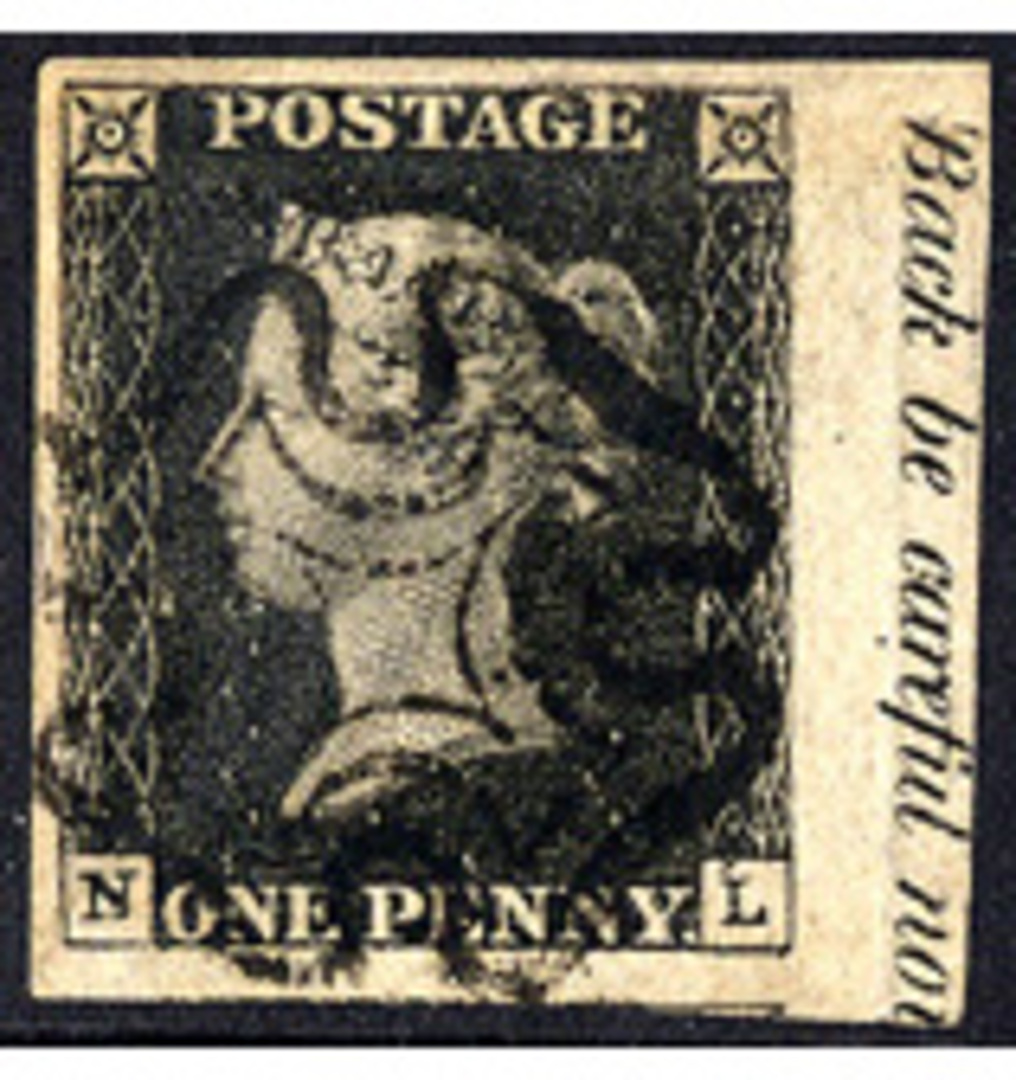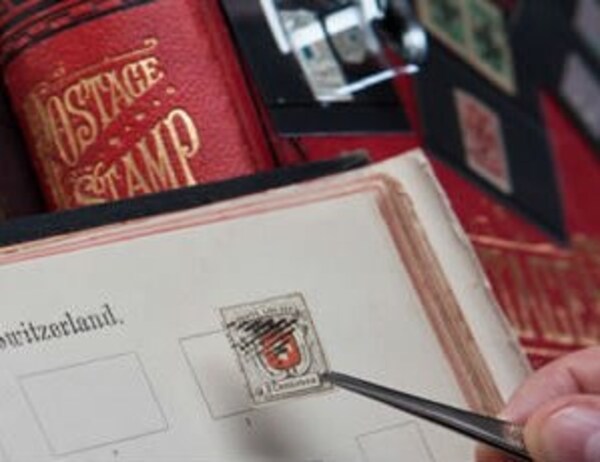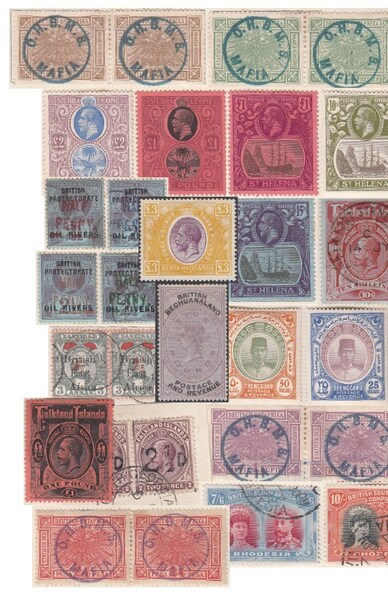Prior to 1840, the means of written communication within Great Britian were extremely costly and limited, save for the many 'privileged' mails including Parliamentarians of both Houses and Official Government mail. The system still continued to collect revenue on behalf of the Crown, and indeed up until 1855 certain hereditary titles still received Post Office surpluses. Among many voices calling for postal reform, it was Rowland Hill who recognised and campaigned for a universal system capable of giving access to all, and for the promotion of education and learning among the labouring masses.
We are all familiar today with the resulting Universal Penny Post and the 'world's first stamp' the 1d Black. At the time however, these new postage labels or lozenges were an actual novelty. The design was an amalgam of the many competition entries (2600) submitted during the Treasury Competition, and resulted in the use of watermarked paper, the Sovereign's Head in the central design, and a machine turned background attached by means of a glutinous wash at the back.
Of course as these labels were new both to the Post Office employees and to the user, it was felt that some instruction in their use should be applied to the sheets, and accordingly the following message was inscribed on all 4 margins:
"Price 1d per label. 1s per row of 12. £1 per sheet. Place the Labels ABOVE the address and towards the RIGHT HAND SIDE of the Letter. In Wetting the Back be careful not to remove the cement."
Most of these imperforate sheets were cut up by hand (often cutting into the design), and many were cut to size to be stored in stamp boxes resulting in the margins being cut away and discarded. Hence the scarcity of marginal stamps and the desirability of a stamp complete with a recognisable part of the marginal instructions.


 General
General
 General
General
 General
General